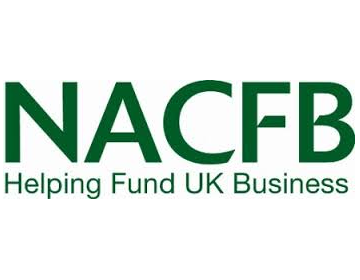
The latest product data analysis from Mortgage Brain has revealed that recent predictions about potential increases in mortgage costs are starting to come to fruition. This follows months of record low mortgage rates and costs, fuelled by the Bank of England's decision to cut interest rates to 0.25% last August.
Although the six month analysis highlights that the cost of mortgages is levelling out, with a combination of small increases and small drops, the three months leading up to January 2017 showed that most mainstream mortgage products had gone up in price.
The cost of a two year tracker with a 90% LTV, for example, increased by 8% in the final quarter of last year. In the same vein, a two year fixed deal with a 90% LTV is now 5% more expensive than it was in October 2016.
The final quarter of last year also saw slight increases – of roughly 1% - recorded for two year tracker and fixed mortgages with an LTV of 60%, as well as a three and five year fixed mortgage with 60% LTV. In addition, there was a 2% rise for a three year fixed mortgage with a 90% LTV.
Borrowers, though, need not despair completely, with the research also revealing that the cost of the lowest rate five year tracker, at 60% LTV, is currently 18% lower than it was three months ago.
To put this into monetary terms, the reduction in cost for this product is equivalent to a yearly saving of around £1,674.
What's more, borrowers are in a better position now than was the case a few years ago. Mortgage Brain's data highlights strong year-on-year reductions over the last four years, with the cost of a 90% LTV tracker mortgage – to use one example – now 19% lower than it was in January 2013. Two and five year fixed mortgages with a 90% LTV are both 17% cheaper, while a 60% LTV two year tracker and a two year fixed are both 16% cheaper than four years ago.
“It’s perhaps still a little too early to predict that mortgage rates are rising and that this trend will continue,” Mark Lofthouse, CEO of Mortgage Brain, said. “However, our latest analysis is starting to show signs that we may finally be moving away from the long period of record lows in terms of mortgage rates and costs to a period of stability, or potentially, rises.”
He added: “While our long term analysis still shows that borrowers can benefit from a number of savings, with healthy cost reductions and low rates still available, there has been a clear shift over the past three months with cost rises across the majority of products analysed.”













Join the conversation
Be the first to comment (please use the comment box below)
Please login to comment